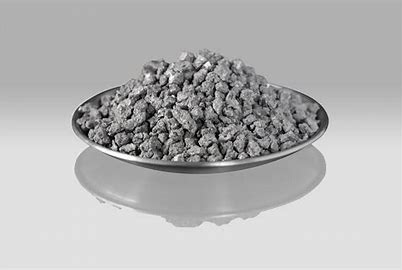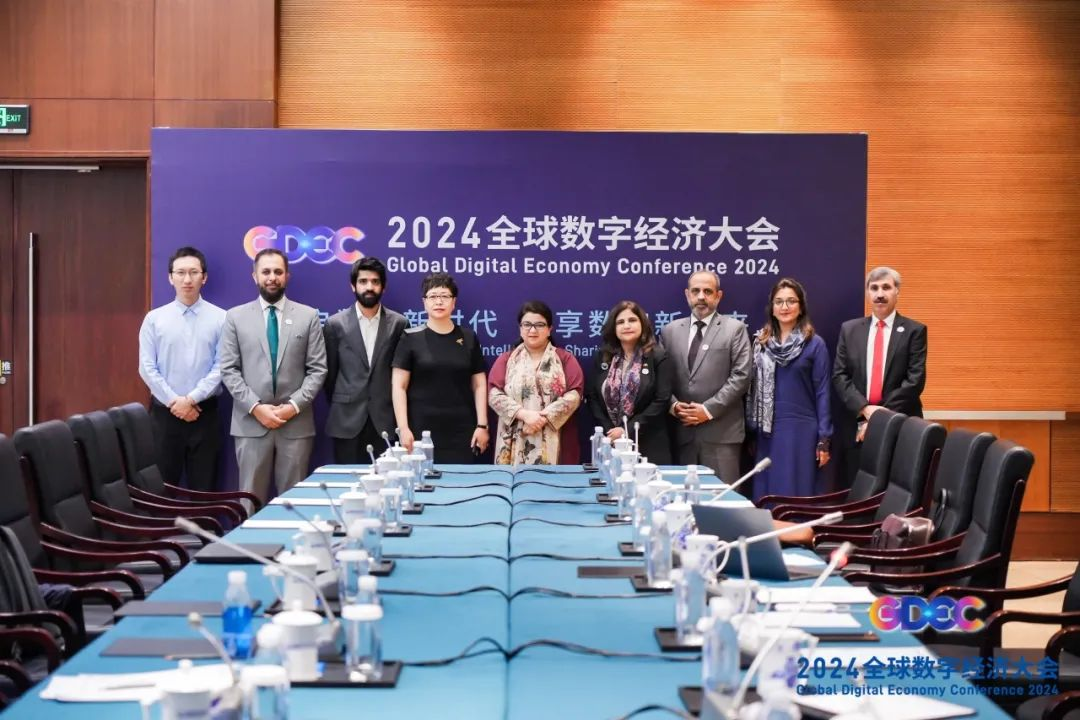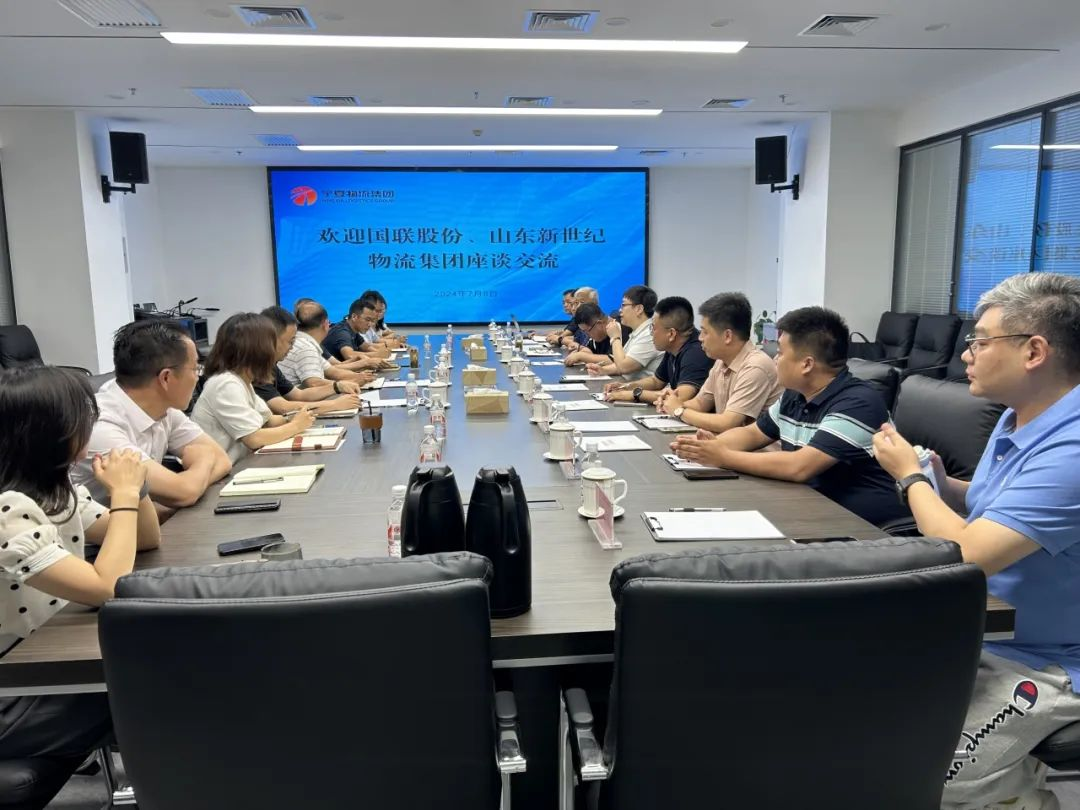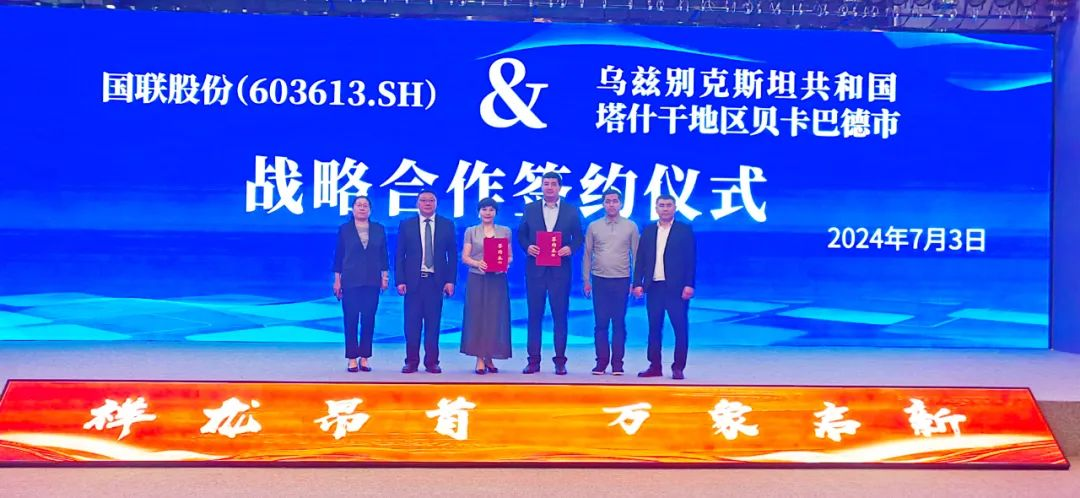Application, Market, and Prospects of Titanium Alloys
钛合金是指用钛与其他金属制造而成的合金金属,发展于20世纪50年代,属于结构金属,而在这里面比较突出的就是航空航天领域的高温钛合金与结构钛合金。一直发展到70年代,才发展出一批耐腐蚀钛合金,80年代后,耐腐蚀钛合金与高强度钛合金进一步发展,钛合金开始在航空航天领域大显身手。
Titanium alloy refers to an alloy metal made from titanium and other metals. It was developed in the 1950s and belongs to the category of structural metals. Among them, high-temperature titanium alloys and structural titanium alloys in the aerospace field are more prominent. It was not until the 1970s that a batch of corrosion-resistant titanium alloys were developed. After the 1980s, corrosion-resistant titanium alloys and high-strength titanium alloys further developed, and titanium alloys began to show their skills in the aerospace field.
由于钛合金的种种特性,导致钛合金在新材料领域具有广泛的应用前景。而随着钛合金的种类不同,钛合金的特性也各有不同,分别具有密度小,比强度高,导热系数低、耐高温、耐低温、耐腐蚀等特点。而其中最重要的两个特点,就是比强度高,耐腐蚀性好。
Due to the various characteristics of titanium alloys, they have broad application prospects in the field of new materials. As the types of titanium alloys vary, their characteristics also vary, including low density, high specific strength, low thermal conductivity, high temperature resistance, low temperature resistance, and corrosion resistance. And the two most important characteristics are high specific strength and good corrosion resistance.
这两个突出特点决定了钛合金在海、陆、空以及外层空间都具有非常广泛的用途,具体包括航空航天、常规兵器、舰艇及海洋工程、核力及火力发电、化工与石化、冶金、建筑、交通、体育器材与生活用品等方面。航天器则主要利用钛合金的高比强度,耐腐蚀和耐低温性能来制造各种压力容器、燃料贮箱、紧固件、仪器绑带、构架和火箭壳体。人造地球卫星、登月舱、载人飞船和航天飞机也都使用钛合金板材焊接件。
These two prominent characteristics determine that titanium alloys have a wide range of applications in sea, land, air, and outer space, including aerospace, conventional weapons, naval and marine engineering, nuclear and thermal power generation, chemical and petrochemical, metallurgy, construction, transportation, sports equipment, and daily necessities. Spacecraft mainly utilize the high specific strength, corrosion resistance, and low-temperature resistance of titanium alloys to manufacture various pressure vessels, fuel storage tanks, fasteners, instrument straps, frameworks, and rocket shells. Artificial Earth satellites, lunar modules, manned spacecraft, and space shuttles also use titanium alloy plate welding components.
钛合金的制备一般要经过热处理、切削、脱氧化及酸洗三个步骤制造成初步的钛合金成品,而钛合金从熔炼到最终产品则一般需要海绵钛制备、钛材制备和钛材应用三步。海绵钛与钛材的制备技术复杂、制备难度大,是钛制造的难点和关键环节,从一定程度上来说,海绵钛与钛材直接决定钛合金成品的质量。从整个产业链上来看,钛合金的核心壁垒不在于上游的资源与中游的冶炼,而是在于钛材的加工,高端钛材的研发与制造工艺往往集中于龙头企业手中。
The preparation of titanium alloys generally involves three steps: heat treatment, cutting, deoxidation, and acid washing to produce preliminary titanium alloy products. However, from melting to the final product, titanium alloys generally require three steps: sponge titanium preparation, titanium material preparation, and titanium material application. The preparation technology of sponge titanium and titanium materials is complex and difficult, which is a difficult and key link in titanium manufacturing. To some extent, sponge titanium and titanium materials directly determine the quality of titanium alloy products. From the perspective of the entire industry chain, the core barrier to titanium alloys lies not in upstream resources and midstream smelting, but in the processing of titanium materials. The research and development and manufacturing process of high-end titanium materials are often concentrated in the hands of leading enterprises.
目前的高端钛材加工主要采用真空白耗电弧熔炼技术(VAR)。真空白耗电弧熔炼技术简单来说就是在真空或惰性气体环境中,感应熔炉生产的自耗电极通过可控交流电弧加热熔炼。该技术对热处理技术,切削工艺要求非常严格。目前仅有美国、俄罗斯、日本、中国掌握完整的高端钛材加工技术。
The current high-end titanium material processing mainly adopts vacuum white loss arc melting technology (VAR). The vacuum white arc melting technology simply means that the consumable electrodes produced in an induction furnace are heated and melted by a controllable AC arc in a vacuum or inert gas environment. This technology has very strict requirements for heat treatment technology and cutting process. Currently, only the United States, Russia, Japan, and China have complete knowledge of high-end titanium material processing technology.
现在我国的市场环境处于低端钛合金过剩,高端钛合金供给难以跟上需求的状态。然而随着钛合金应用技术的发展与日常化,低端钛合金也有了巨大的市场发展潜力,低端钛材市场有望自我消化。从体量上看,从2013年到2021年,我国的钛材销量产量均提升明显,但国内高端钛材依旧依赖国外进口。
The current market environment in China is characterized by a surplus of low-end titanium alloys, and the supply of high-end titanium alloys is struggling to keep up with demand. However, with the development and commercialization of titanium alloy application technology, low-end titanium alloys also have huge market development potential, and the low-end titanium material market is expected to self digest. In terms of volume, from 2013 to 2021, the sales and production of titanium materials in China have significantly increased, but domestic high-end titanium materials still rely on foreign imports.
总体来说我国的钛产业处于成长期,成长期的特点是市场增长率和需求增长率都比较快,行业模式,技术,行业壁垒也都会逐渐建立,趋于稳定。
Overall, China's titanium industry is in a growth period, characterized by a relatively fast market growth rate and demand growth rate. The industry model, technology, and barriers will gradually establish and stabilize.
- Up to 1,200V, 720kW Capability in China-made EV Charging Stations249
- 20 Best-selling Products for the Christmas and New Year Holiday Season362
- Hu Kun, Vice President of LLDD, Visited the Embassy of Kazakhstan in Singapore7014
- Liu Zhai, Senior Vice President of IBI, was Invited to Participate in the 2024 Modern Logistics and Supply Chain Industry-Finance Cooperation Ecological Conference and Hami City Modern Logistics High-Quality Development Conference7051
- LLDD of IBI Went to Ningxia Logistics Group for Inspection and Exchange9813






